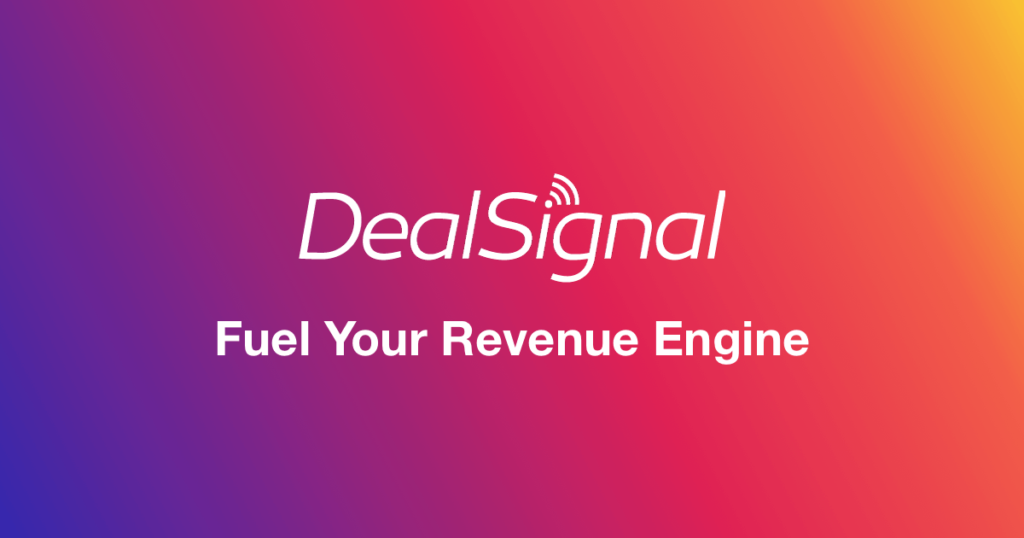Conversion Rate is a key performance metric used in marketing and sales to assess the effectiveness of campaigns, strategies, or websites in converting visitors or leads into desired actions. This metric quantifies the percentage of users who complete a specific action out of the total number of users who interacted with a particular element or offering. Common conversion actions include making a purchase, signing up for a newsletter, filling out a contact form, or downloading a resource.
Conversion rate is crucial for evaluating the success of marketing and sales efforts. By measuring how effectively users are converting into customers or taking desired actions, businesses can gain insights into the performance of their campaigns and websites. Understanding and optimizing conversion rates help improve user experiences, increase return on investment (ROI), and drive business growth.
Calculation:
To calculate the conversion rate, use the following formula:
Conversion Rate (%)=(Number of ConversionsTotal Number of Visitors or Leads)×100\text{Conversion Rate (\%)} = \left( \frac{\text{Number of Conversions}}{\text{Total Number of Visitors or Leads}} \right) \times 100Conversion Rate (%)=(Total Number of Visitors or LeadsNumber of Conversions)×100
Key Aspects:
- Conversions: Specific actions that are considered valuable and align with business goals, such as purchases, sign-ups, or form submissions.
- Total Visitors or Leads: The total number of users who interacted with the marketing or sales element being evaluated.
- Goal Setting: Defining what constitutes a conversion and setting clear goals for what you want to achieve with your campaigns or website.
- Data Analysis: Collecting and analyzing data to understand conversion patterns, identify areas for improvement, and make data-driven decisions.
Benefits:
- Improved Efficiency: By optimizing conversion rates, businesses can achieve more with the same amount of traffic or leads, leading to higher efficiency and effectiveness.
- Enhanced User Experience: Understanding conversion rates helps identify and address barriers to conversion, improving the overall user experience.
- Increased Revenue: Higher conversion rates typically lead to increased sales and revenue, contributing to overall business growth.
- Data-Driven Decisions: Provides actionable insights that guide strategic decisions and marketing tactics, resulting in more targeted and effective efforts.
- Better Resource Allocation: Helps allocate resources more effectively by focusing efforts on strategies and elements that drive the highest conversions.
Overall, Conversion Rate is a fundamental metric for assessing and optimizing the effectiveness of marketing and sales initiatives. By continuously monitoring and improving conversion rates, businesses can enhance their performance, achieve their goals, and drive sustained success.
« Back to Glossary Index



